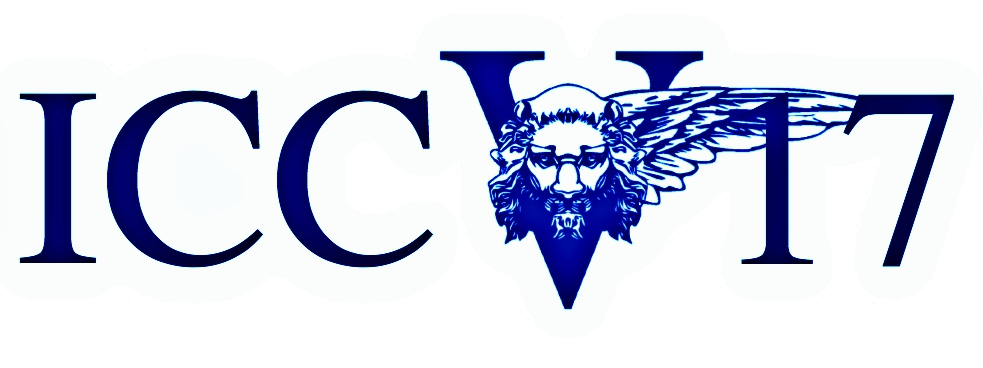-
Curriculum Dropout
AbstractDropout is a very effective way of regularizing neural networks. Stochastically dropping out units with a certain probability discourages over-specific co-adaptations of feature detectors, preventing overfitting and improving network generalization. Besides, Dropout can be interpreted as an approximate model aggregation technique, where an exponential number of smaller networks are averaged in order to get a more powerful ensemble. In this paper, we show that using a fixed dropout probability during training is a suboptimal choice. We thus propose a time scheduling for the probability of retaining neurons in the network. This induces an adaptive regularization scheme that smoothly increases the difficulty of the optimization problem. This idea of starting easy and adaptively increasing the difficulty of the learning problem has its roots in curriculum learning and allows one to train better models. Indeed, we prove that our optimization strategy implements a very general curriculum scheme, by gradually adding noise to both the input and intermediate feature representations within the network architecture. Experiments on seven image classification datasets and different network architectures show that our method, named Curriculum Dropout, frequently yields to better generalization and, at worst, performs just as well as the standard Dropout method.
Related Material
[pdf] [supp] [arXiv][bibtex]@InProceedings{Morerio_2017_ICCV,
author = {Morerio, Pietro and Cavazza, Jacopo and Volpi, Riccardo and Vidal, Rene and Murino, Vittorio},
title = {Curriculum Dropout},
booktitle = {Proceedings of the IEEE International Conference on Computer Vision (ICCV)},
month = {Oct},
year = {2017}
}
These ICCV 2017 papers are the Open Access versions, provided by the Computer Vision Foundation.
Except for the watermark, they are identical to the accepted versions; the final published version of the proceedings is available on IEEE Xplore.
Except for the watermark, they are identical to the accepted versions; the final published version of the proceedings is available on IEEE Xplore.
This material is presented to ensure timely dissemination of scholarly and technical work.
Copyright and all rights therein are retained by authors or by other copyright holders.
All persons copying this information are expected to adhere to the terms and constraints invoked by each author's copyright.

